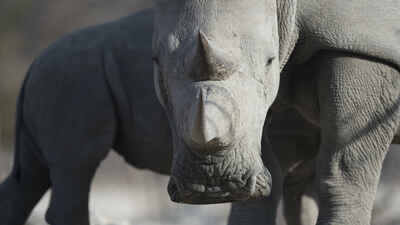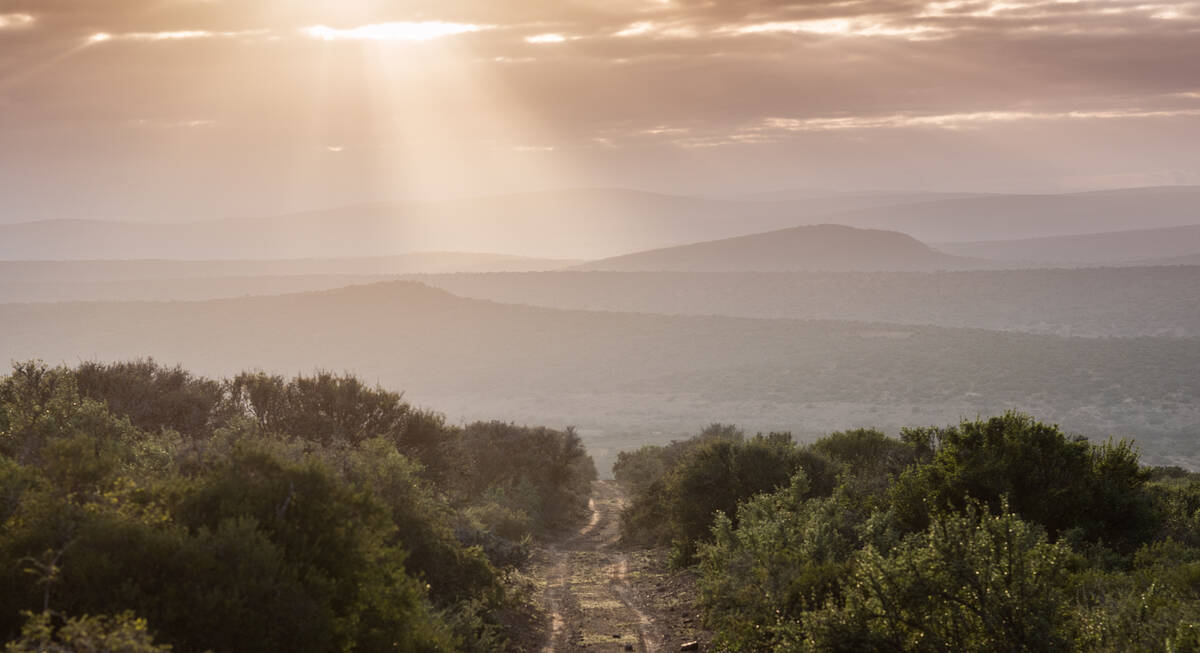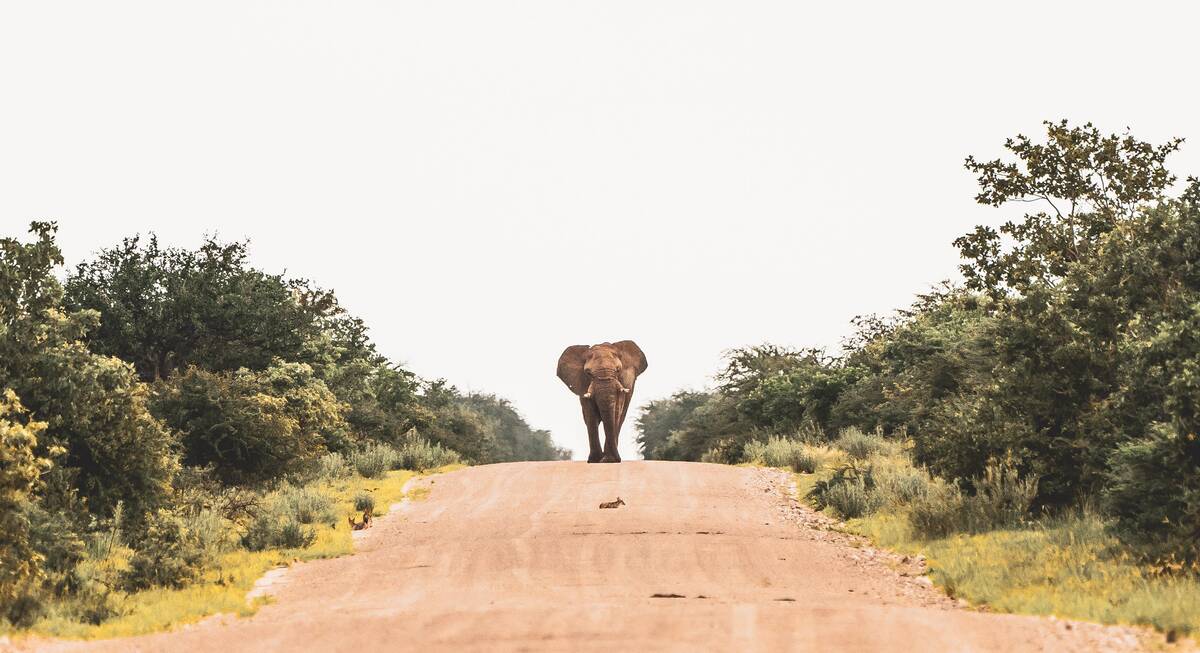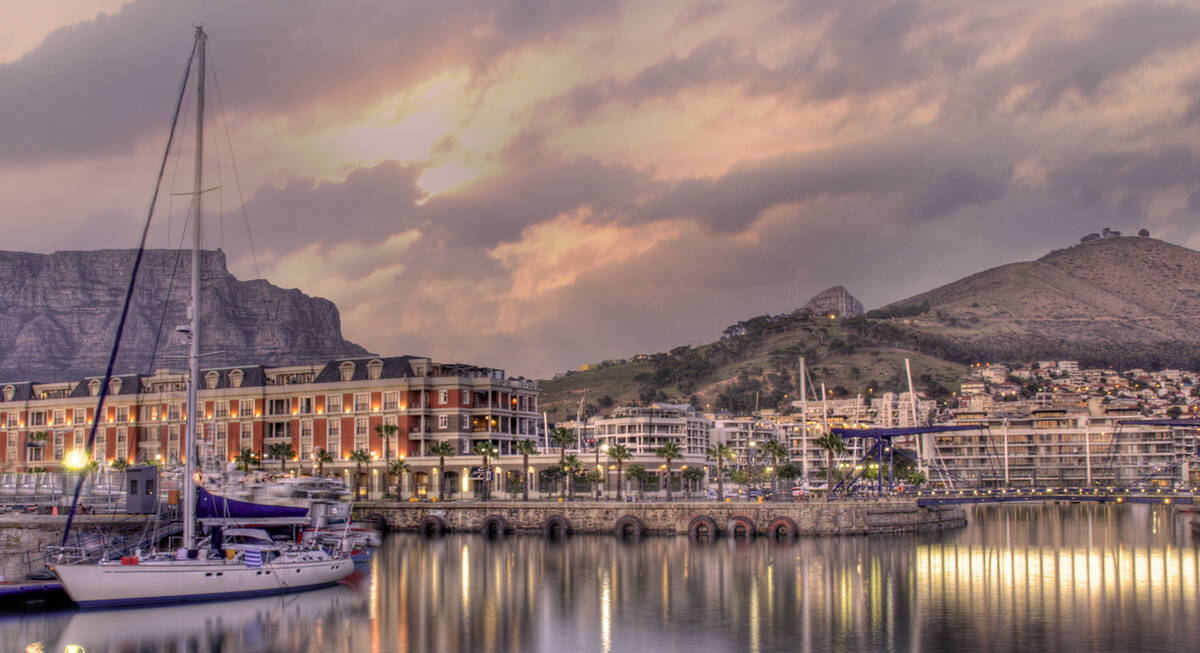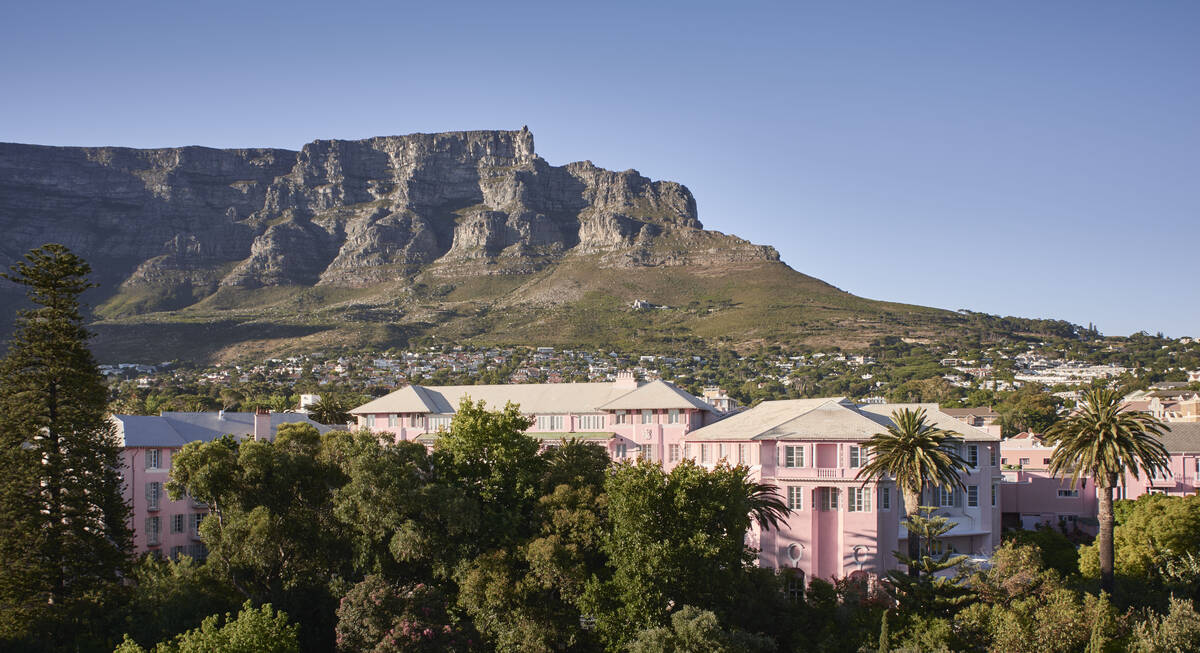Where to see White Rhino in South Africa
The white rhino is the largest and most numerous of the world’s five rhinoceros species. More visible and approachable than the black rhino, it survives today thanks to over a century of intensive conservation.
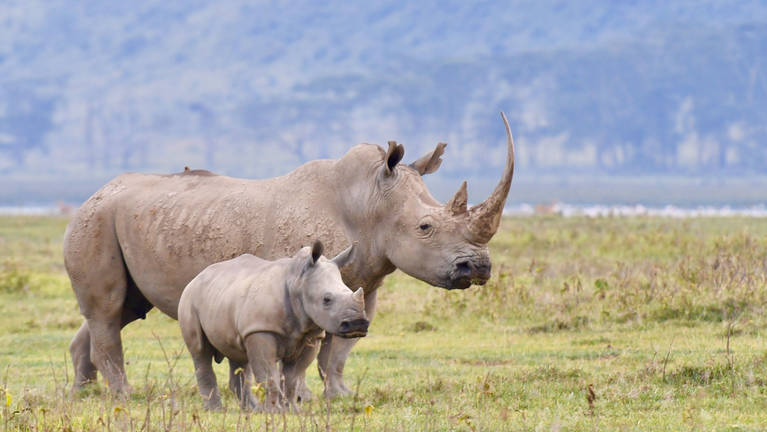
Quick facts about White Rhino
| Scientific name: | Ceratotherium simum | Habitat: | Woodland savannah |
|---|---|---|---|
| IUCN status: | Near Threatened | Adult weight: | 1,800–2,700kg |
South Africa is white rhino central. Here, Africa’s entire population was reduced at the end of the 19th Century to fewer than 100 individuals in Hluhluwe-Imfolozi Game Reserve, KwaZulu-Natal, where the species made its final stand. This beleaguered population recovered and translocations followed, starting with Kruger National Park in 1960 then spreading around South Africa and to other African countries. Today South Africa has nearly 14,000 white rhinos, roughly 80% of the world total. Sadly, the 21st century has seen devastating poaching, notably in the Kruger, which lost over 1,200 rhinos in 2014 alone, and most recently in KwaZulu-Natal. The bulk of the population now resides on privately managed reserves and ranches, where security is tighter.
±18,000
Population (IUCN, 2018)
50km/h
Max. speed
±50 years
Life expectancy
205cm
Record horn length
The top camps for seeing white rhino in South Africa
Based on 22 reports by our travellers since Jun 2018, visitors at these camps in South Africa have the best chances of sighting white rhino .
Best chances to see
Good chances to see
Some sightings
No sightings yet
Best areas to see white rhinos in South Africa
Although the vast majority of white rhinos are in southern Africa – notably South Africa - they can still be seen in other countries. Reasonably approachable by vehicle, they may also be tracked on foot.
South Africa: white rhino hot spots
South Africa offers many places to watch white rhinos. Despite heavy recent poaching, sightings are still reliable in the Kruger National Park, especially in the southern third and on private concessions such as Sabi Sands. KwaZulu-Natal, also hit hard by poaching, still has plentiful white rhinos in parks such as Hluhluwe-Imfolozi (once their last home), Ithala, uMkhuze and Phinda. Further north, you will find white rhinos in the privately managed reserves of Madikwe and Tswalu Kalahari, and at Marakele, in the Waterberg Mountains. Further south, in the Eastern Cape, the private reserves of Samara Karoo, Kwandwe and Shamwari all protect small, stable populations. Many other private ranches elsewhere are also home to a few. Many South African reserves offer guided rhino tracking on foot – an excellent way to experience these magnificent animals.
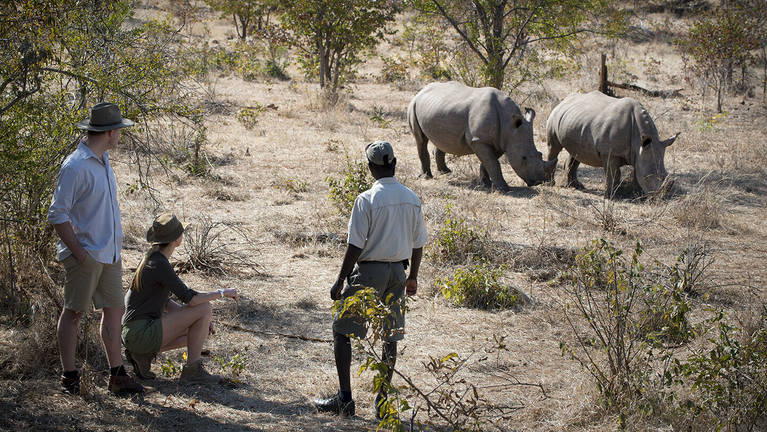
Our best South Africa holidays for white rhino sightings
Based on our travellers' reports, these ideas for South Africa safaris are likely to give the best white rhino sightings
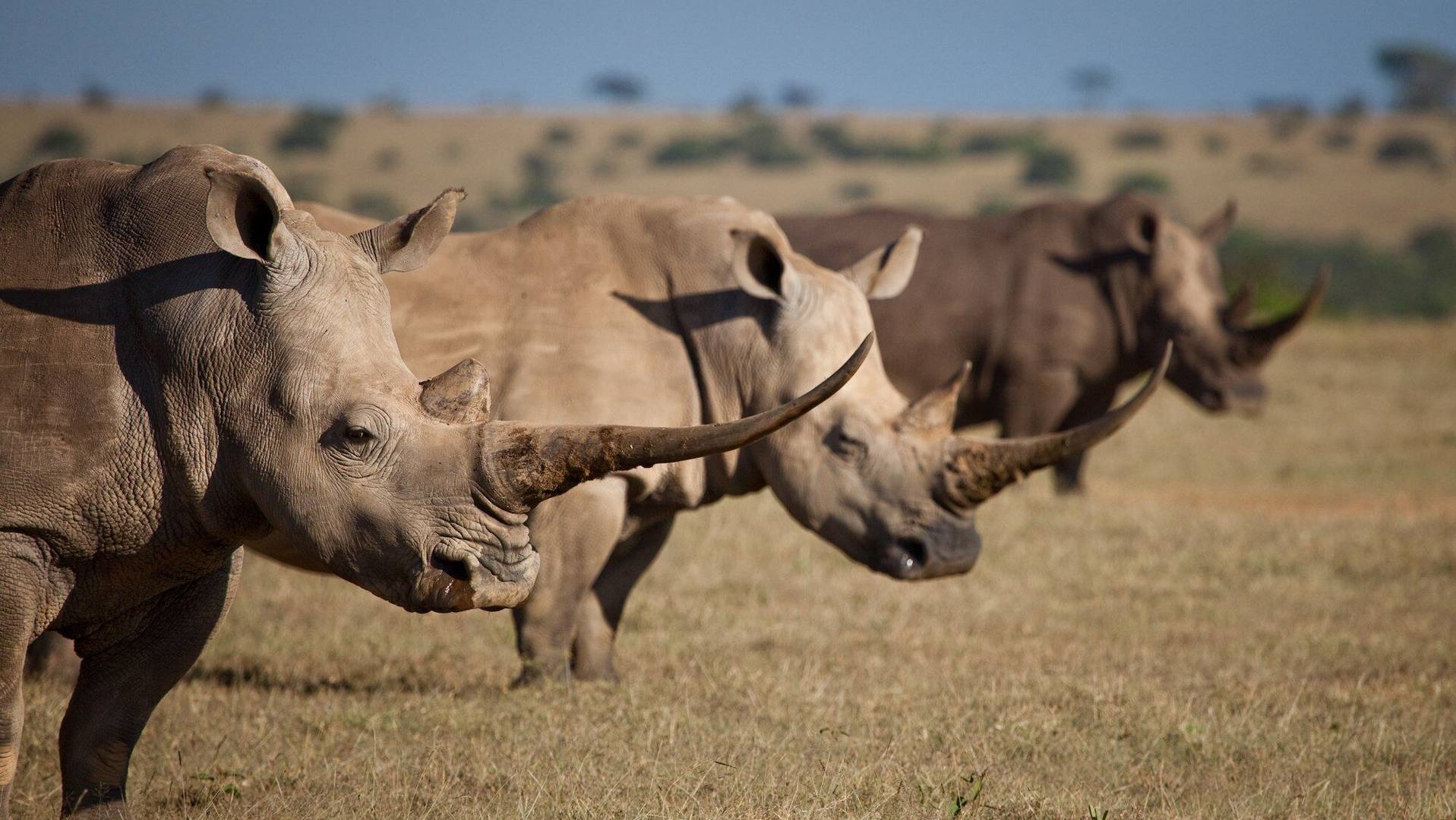
More information about white rhino in our other destinations
Click here for detailed information about white rhino in other countries, including the places for sighting white rhino .
